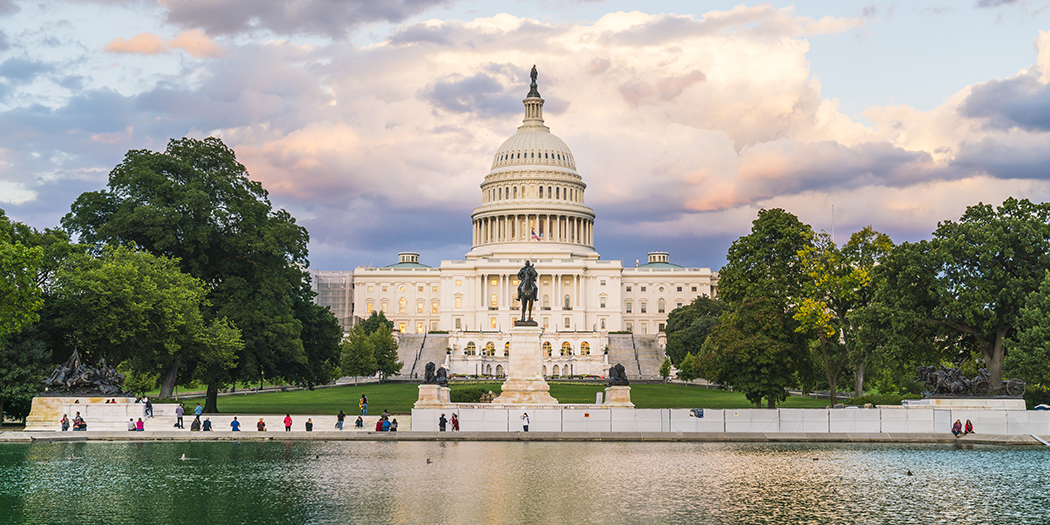This essay is based on the testimony of Judith Scott-Clayton, a senior research associate at CCRC and a professor at Teachers College, at a hearing of the U.S. Senate HELP Committee on September 17, 2020.
We know that the burdens of this pandemic—from unemployment, to food and housing insecurity, to increased exposure to illness and death—are falling hardest on low-income families and communities of color. In addition to all of this, low-income college students may lack adequate computers and WiFi to support online classes, and the public institutions that they are most likely to attend are facing drastic cuts in state and local funding. With a full recovery not expected for perhaps a decade, much is uncertain about the future. But the one thing we can count on is that without large and sustained federal efforts to support low-income students at all levels, educational inequality is likely to explode in the coming years. If we don’t take every step we can to address this now, we’ll be addressing the fallout for generations.
When it comes to inequality in college access, fixing the FAFSA is a meaningful part of the solution. We know from decades of rigorous research that when students get financial aid it increases enrollment, helps students graduate, and can lead to higher earnings and higher rates of homeownership. Unfortunately, as Dr. Susan Dynarski and I wrote when we first began studying this issue in 2006, the federal student aid programs hide their substantial benefits behind a tangled thicket of bureaucracy, embodied in the FAFSA application process. For many families, filling out a FAFSA is more complicated than an income tax form, and it’s something they have less experience with. Too many eligible students—or prospective students—have simply never heard of it and have no idea it could provide them with over $38,000 in Pell Grants over the course of their degree. Others try to file, but get stuck along the way, including in the cumbersome verification process. Some don’t realize they have to reapply every year. Still others are shut out due to the FAFSA’s unnecessary and counterproductive question about prior drug convictions—like a woman I met just this month when we were on a panel together speaking about college access to members of Oklahoma’s state legislature.
A video of the hearing and a written version of Judith Scott-Clayton’s entire testimony are available on the HELP Committee website.
This undermines our investment in student aid by making it harder to reach the students that need it most. This is not just speculation. One study showed that helping families fill out and submit the FAFSA increased college enrollment rates by 8 percentage points—a huge effect! Yet millions of eligible students fail to file each year, losing out on an estimated $24 billion in aid annually as a result. Right now, during the pandemic, the FAFSA is just one more baffling frustration for students and families to navigate when so much of their energy is consumed by just trying to survive.
Most frustrating of all is that it doesn’t have to be this way. Most of the questions on the FAFSA are not even necessary to accurately target federal student aid. Simulations show that Pell eligibility can be accurately predicted using only a few key items like income and family size. We could get rid of the FAFSA completely, and here’s what that could look like:
- Base Pell Grants on a limited number of elements that are already available from the IRS, so that no separate financial application is needed.
- Continue to provide an index of eligibility that states and institutions can use.
- Fix eligibility for several years so students can plan a multi-year course of study without needing to reapply.
- Summarize Pell eligibility by income in a simple lookup table.
- Use IRS information to proactively communicate to prospective students about their likely Pell eligibility.
Since 2013, substantial progress has been made toward simplification. The FUTURE Act lays even more essential groundwork that will reduce the hassle factor and minimize the need for verification. But concerningly, FAFSA applications are actually down since the committee took up this issue in 2013. Without further action, the FAFSA will still be the FAFSA, and it will still be an unnecessary barrier for low-income students. Of course, FAFSA simplification isn’t the only action needed to address persistent inequality in education. But it’s 2020, and we can’t afford not to take every opportunity to help low-income students who need every ounce of our support now more than ever.





